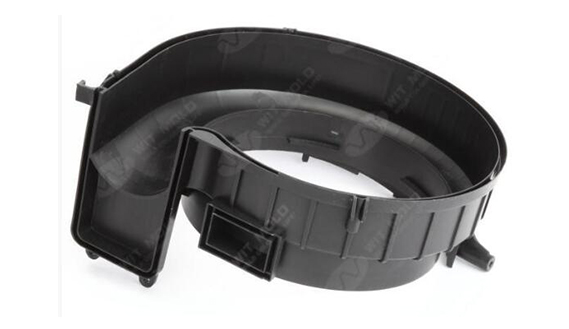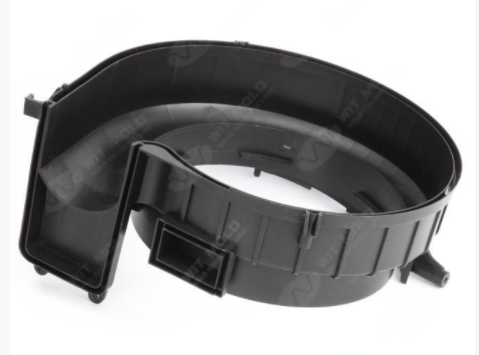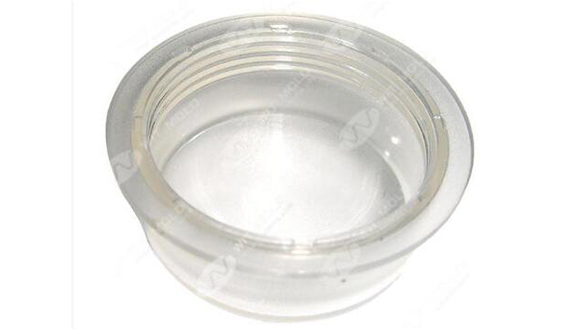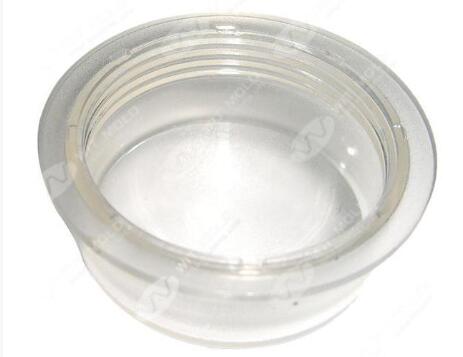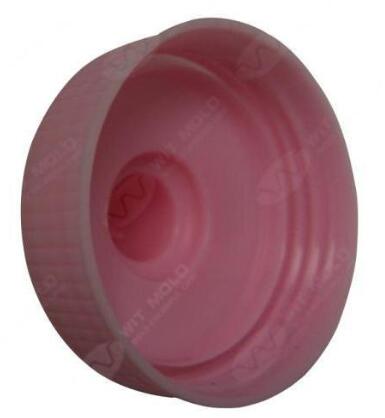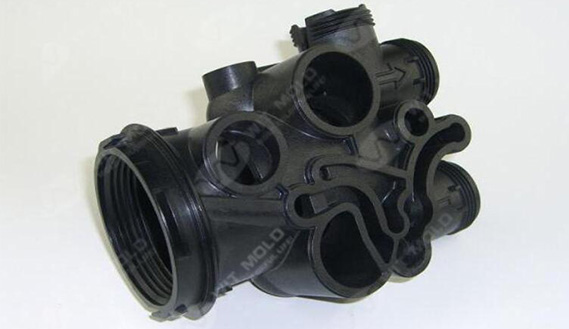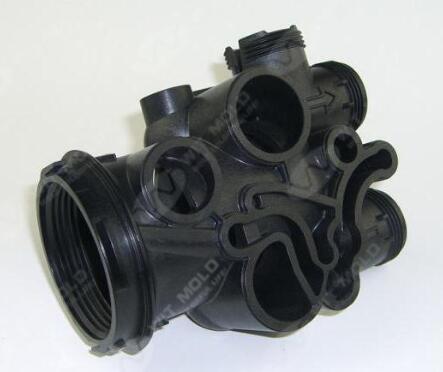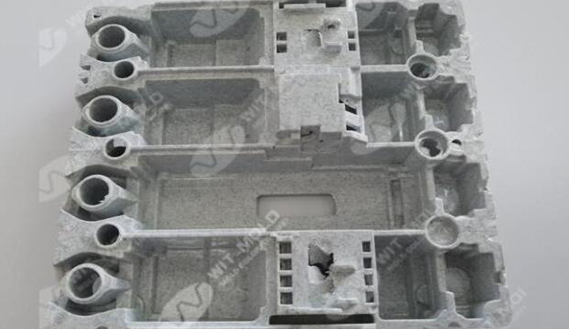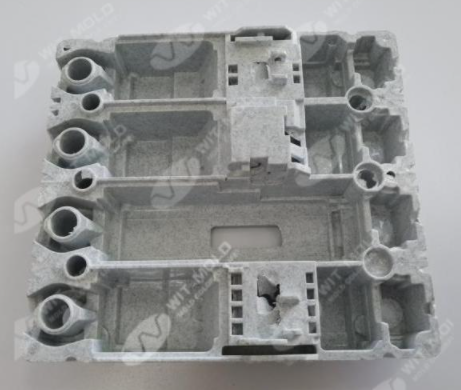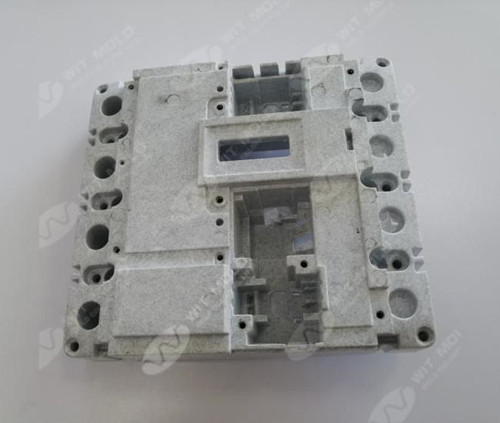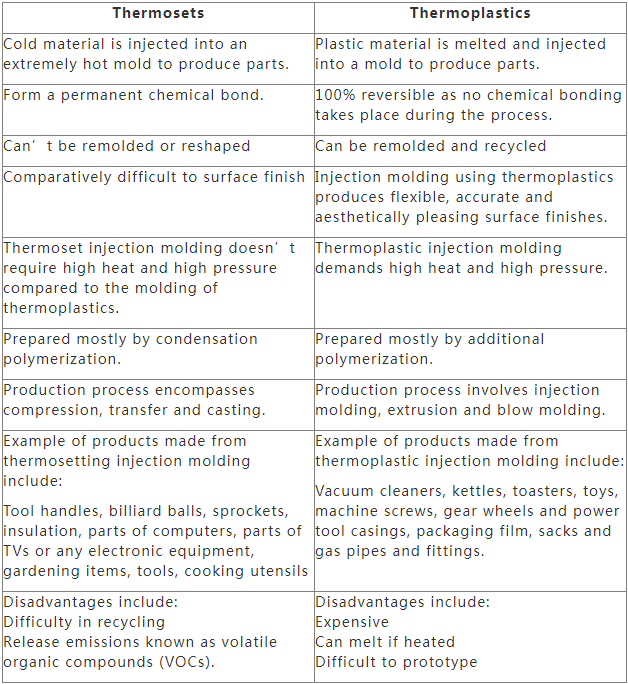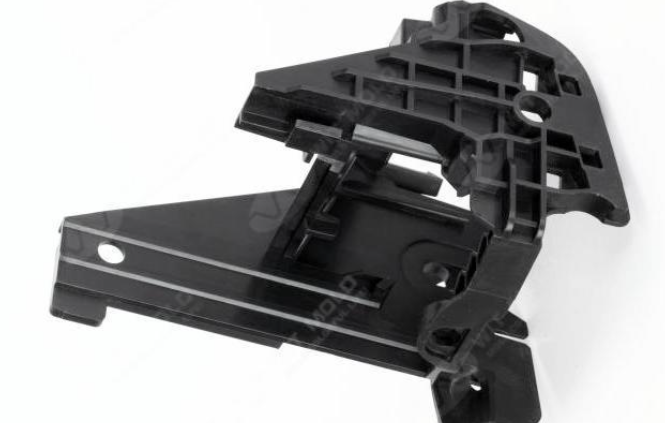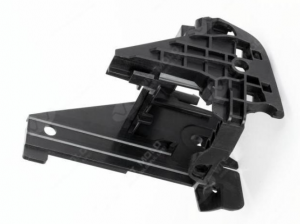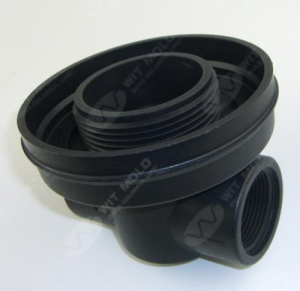What is a High Cavitation Mold?
In the world of plastic injection molding, efficiency and productivity are key considerations for manufacturers. One of the technologies that significantly enhance these aspects is the high cavitation mold. This specialized mold design enables the production of large quantities of plastic parts in a single cycle, making it an indispensable tool in various industries.
Understanding Cavitation in Molds
Cavitation refers to the number of cavities or molds present in a single mold base. These cavities are the impressions into which molten plastic is injected to form parts. A high cavitation mold, therefore, is one that contains a large number of these cavities, allowing for the simultaneous production of multiple parts. Typically, high cavitation molds can have anywhere from 8 to 128 cavities or even more, depending on the complexity and size of the parts being produced.
Benefits of High Cavitation Molds
The primary advantage of using high cavitation molds is the increased production capacity. By producing multiple parts per cycle, manufacturers can significantly reduce the time and cost per unit, leading to improved economies of scale. This is particularly beneficial in industries where large volumes of plastic parts are required, such as automotive, medical devices, packaging, and consumer goods.
Enhanced Efficiency
High cavitation molds streamline the production process, reducing cycle times and maximizing the use of machinery. This efficiency translates to lower operational costs and higher throughput, enabling companies to meet tight production schedules and market demands more effectively.
Consistent Quality
With high cavitation molds, the consistency and uniformity of the produced parts are maintained. Each cavity is designed to exact specifications, ensuring that all parts are identical in terms of dimensions and quality. This consistency is crucial for applications where precision is paramount, such as in medical devices and automotive components.
Material and Cost Savings
By optimizing the injection process and reducing waste, high cavitation molds help manufacturers save on material costs. The ability to produce more parts per cycle means that the overall material usage is more efficient, reducing the amount of scrap and rework required.
Applications of High Cavitation Molds
High cavitation molds are widely used across various industries due to their ability to produce large volumes of parts quickly and efficiently.
Automotive Industry
In the automotive sector, high cavitation molds are essential for producing components such as clips, fasteners, and other small parts that are used in large quantities. The ability to produce these parts rapidly and consistently helps automotive manufacturers maintain high production standards and meet the rigorous demands of the industry.
Medical Devices
For medical device manufacturers, precision and consistency are critical. High cavitation molds are used to produce a range of medical components, including syringes, vials, and connectors. The high output capacity ensures that these critical parts are available in sufficient quantities, supporting the healthcare industry’s needs.
Consumer Goods
High cavitation molds are also prevalent in the consumer goods sector, where products such as bottle caps, containers, and packaging materials are produced in massive quantities. The efficiency and cost-effectiveness of high cavitation molds make them ideal for these high-volume applications.
Selecting the Right High Cavitation Mold Supplier
When considering the implementation of high cavitation molds, it is crucial to choose a reliable supplier. The quality of the mold directly impacts the efficiency and success of the production process. A reputable supplier will offer not only high-quality molds but also support services such as maintenance, troubleshooting, and customization to meet specific production requirements.
Conclusion
High cavitation molds play a vital role in modern manufacturing, offering numerous benefits including enhanced efficiency, consistent quality, and material savings. Their applications span across various industries, making them a versatile and valuable tool for mass production. For businesses looking to leverage these advantages, partnering with a trusted supplier is essential. For more information or to discuss your specific needs, contact us to explore how high cavitation molds can transform your production processes.


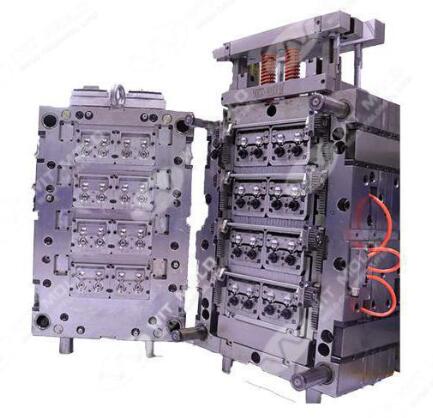

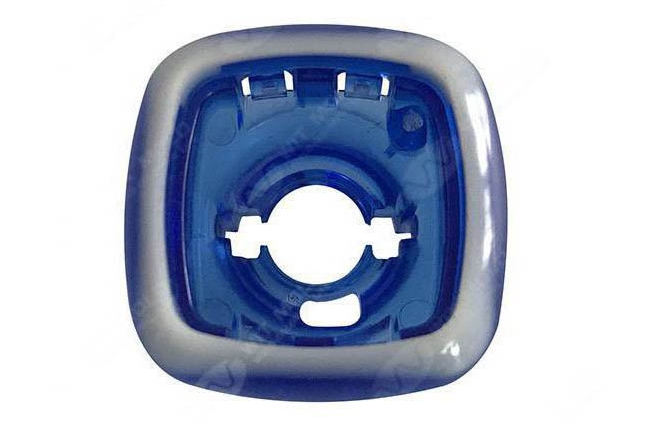
 What is overmolding?
What is overmolding?